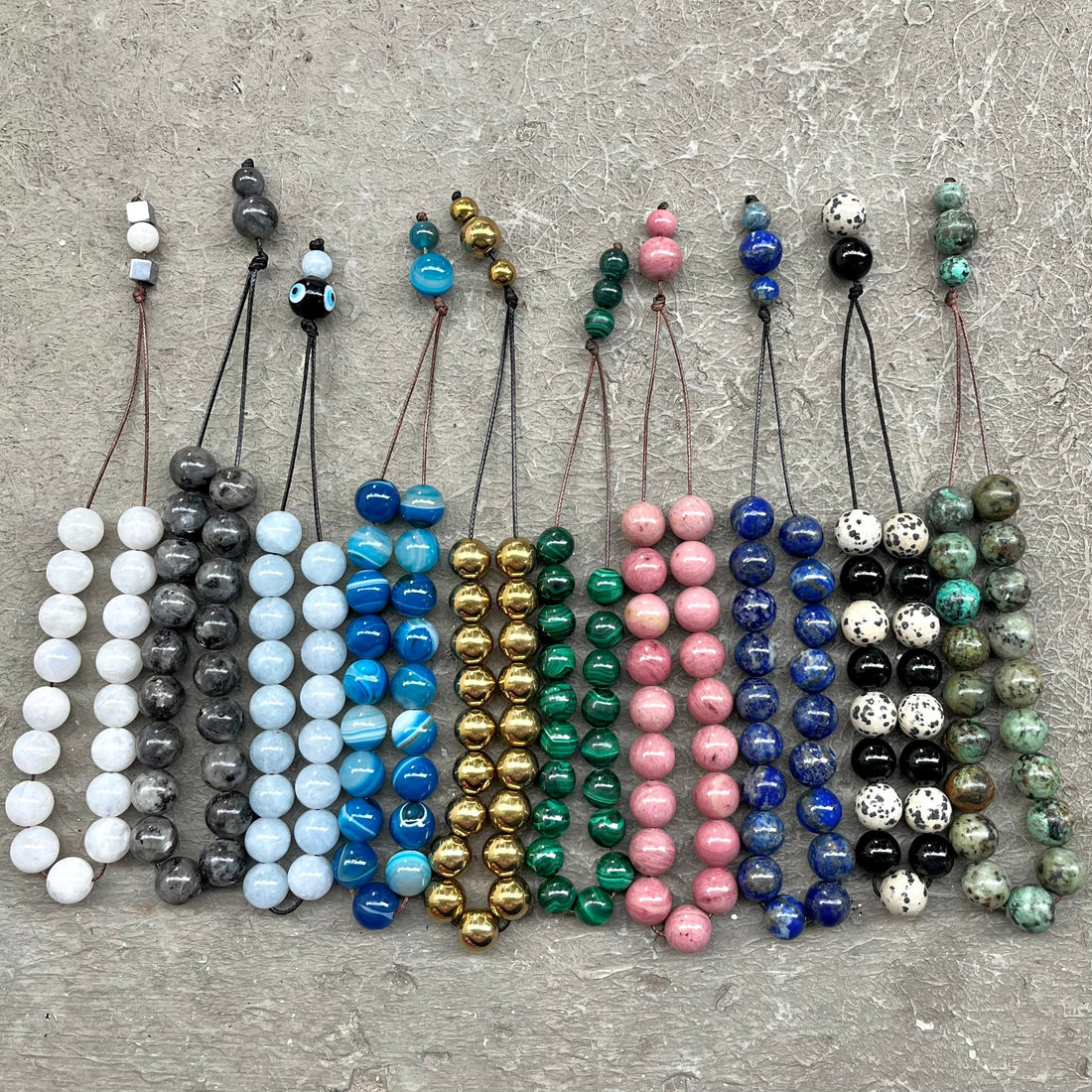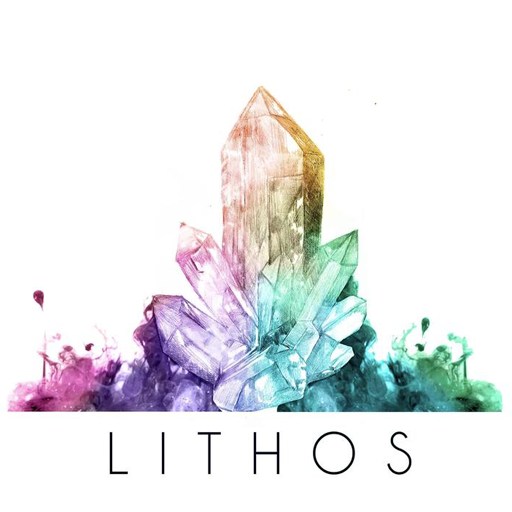
The Komboloi Worry Bead - A Brief History
Origins of the Komboloi - Every Bead is a Prayer
The use of rope-strung beads originates from the East, where people of faith used them to count prayers. This practice explains why the number of beads is always specific—typically 108 or its submultiples (54, 27, 18, etc.). For example, the Catholic Rosary is usually a multiple of 10, corresponding to the repetition of the "Ave Maria" prayer ten times. Similarly, the Orthodox Komboskini, a knotted rope bracelet, often has 33, 50, or 100-180 knots, depending on the specific prayer that the monk is counting.
Counting The Pain Away
The Hellenic Komboloi, also known as komboloi worry beads, does not require a specific number of beads. The only requirement is that the number of beads is odd (15, 17, 21, etc.).
The Greek people don't use the komboloi as a tool of prayer; they use it more as a meditative and stress relief practice. For men of previous centuries, the komboloi was not only a game for passing time but also a companion and a way of expressing oneself. The slow, flowing rhythm of the beads hitting each other would signify peacefulness and tranquility. On the contrary, a fast, smashing sound would indicate nervousness, anger, or irritation.
The Right Komboloi
The length of the komboloi is very important. When the piece is split in half, the two sets of beads form on each side of the string. The komboloi should be able to be swung over the index finger and meet the other half of the strand.
Back in the day, people preferred the gap between beads to be much greater—four fingers worth or so. Nowadays, shorter komboloi are more "in fashion" and easier to carry around. Our komboloi here at Lithos Crystals are typically made with a three-finger string gap, touching onto the traditional design with some modernized elements!
The key design element is the odd number of beads. That "odd" bead creates a half circle at the bottom of the string. That is the essence of the komboloi game. While playing it, we let go of the beads two at a time, starting from the top, letting them meet that single bottom bead. When we reach the halfway mark, we can either swing the whole piece over and start again, or go to the end and then restart.
The Material
The very first komboloi were created with whatever material each region had on hand—seeds, stones, wood, or amber being some of the most typical mediums used. Even mastic resin or corals have been used in the past. Traditional Hellenic komboloi were made with amber or semi-precious stones.
At Lithos Crystals, we strive to keep this important and unique cultural tradition alive! I remember being a little child, sitting with my grandfather and repairing his komboloi, or going through his collection of many komboloi acquired at different places and times. My first komboloi was purchased a few years back at a mountain monastery in Northern Greece and has been with me everywhere I go since—even hanging from my car rear-view mirror!
We love making interesting komboloi designs and, of course, using semi-precious stones and crystals. Recently, we started creating begleri as well. The begleri is a short version of the komboloi, normally with 2 or 4 beads. Easy to carry and super fun, the begleri has received worldwide attention in recent times due to its stress and anxiety relief as a fidget toy.
No matter what you choose for yourself, always remember the history and story behind these pieces. It is always a great honor to share with you and raise awareness about parts of my Hellenic tradition.
With love,
Spiros
Shop Our Collection
Shop our huge range of Komboloi Worry Beads
All handmade in Melbourne, Australia with natural resources by us at Lithos Crystals!


